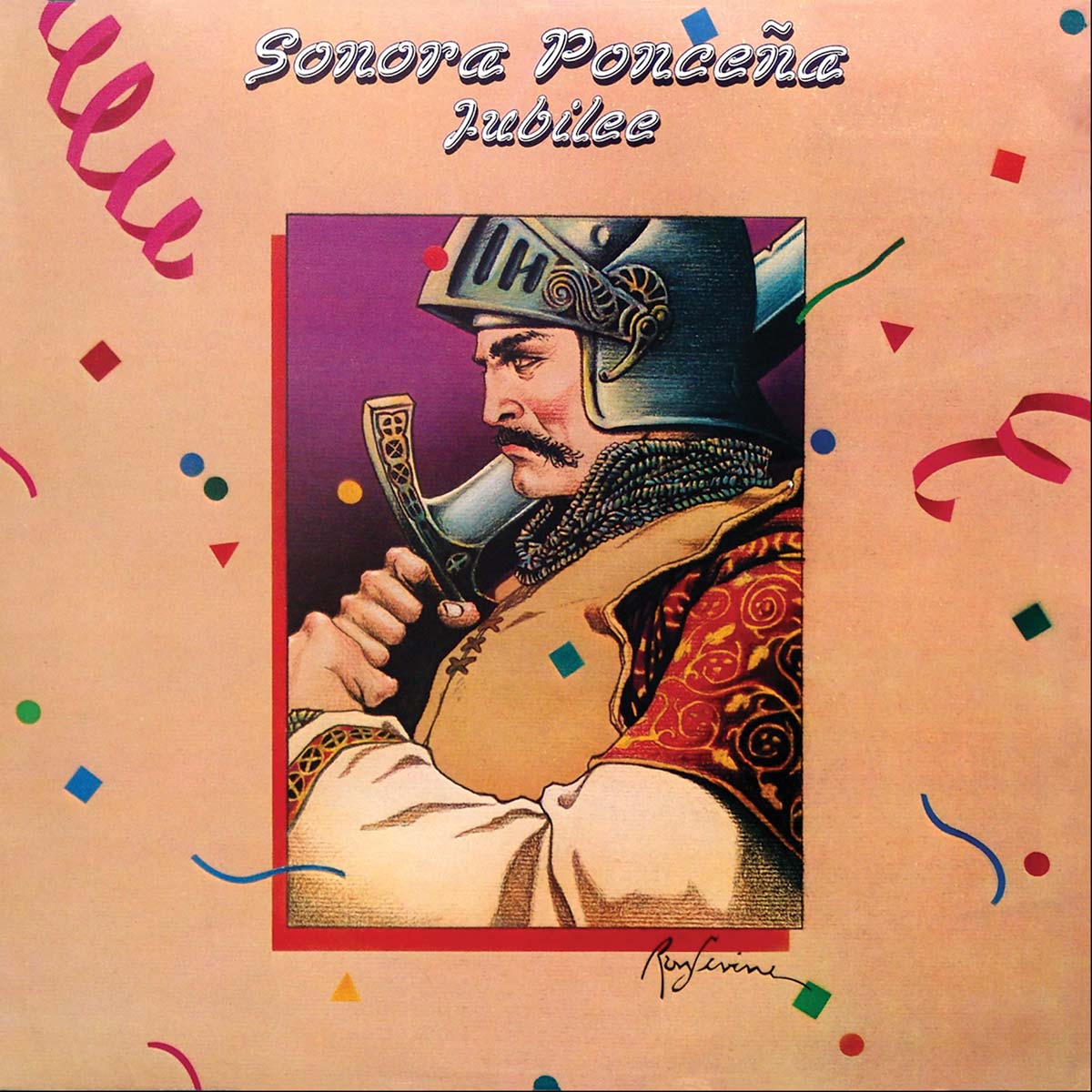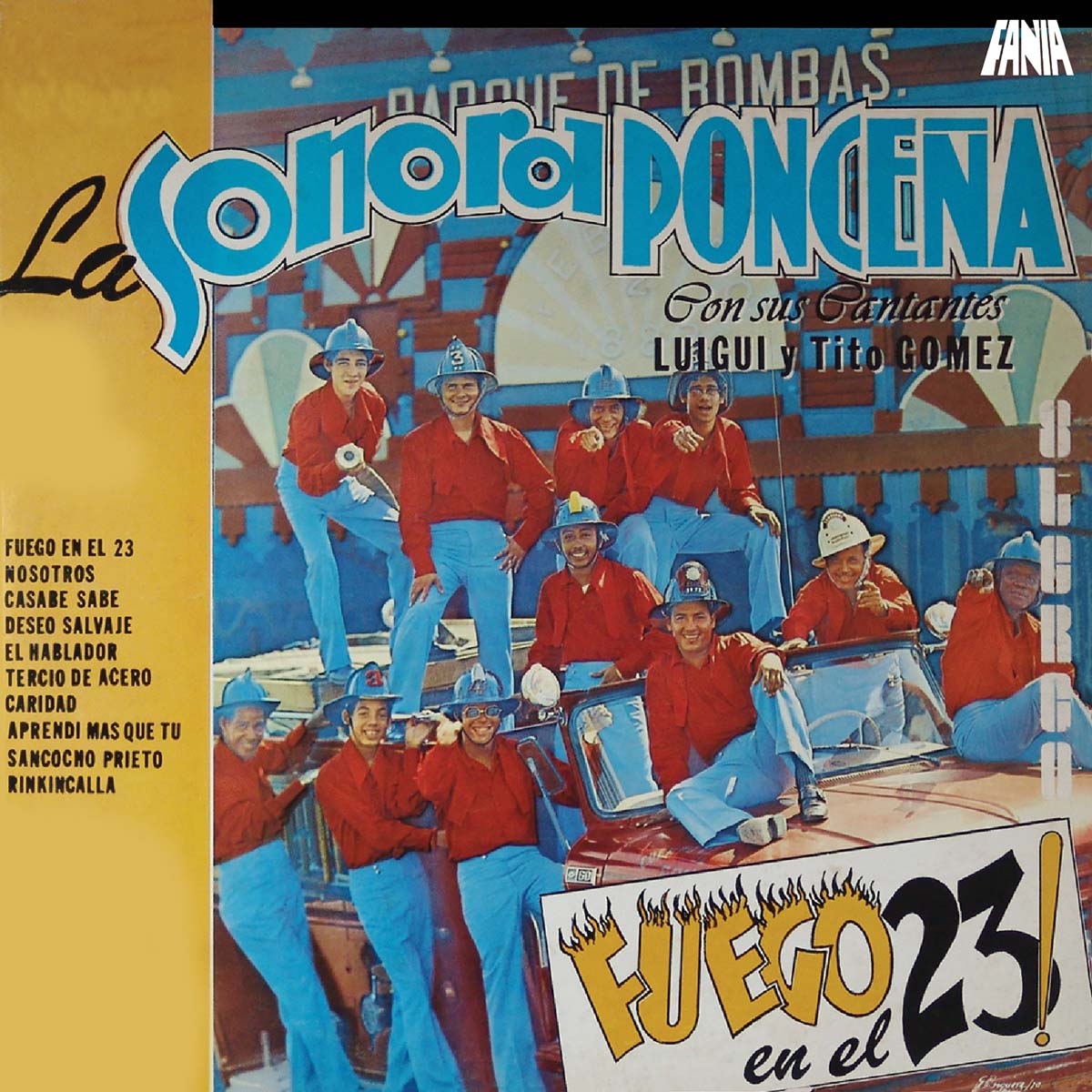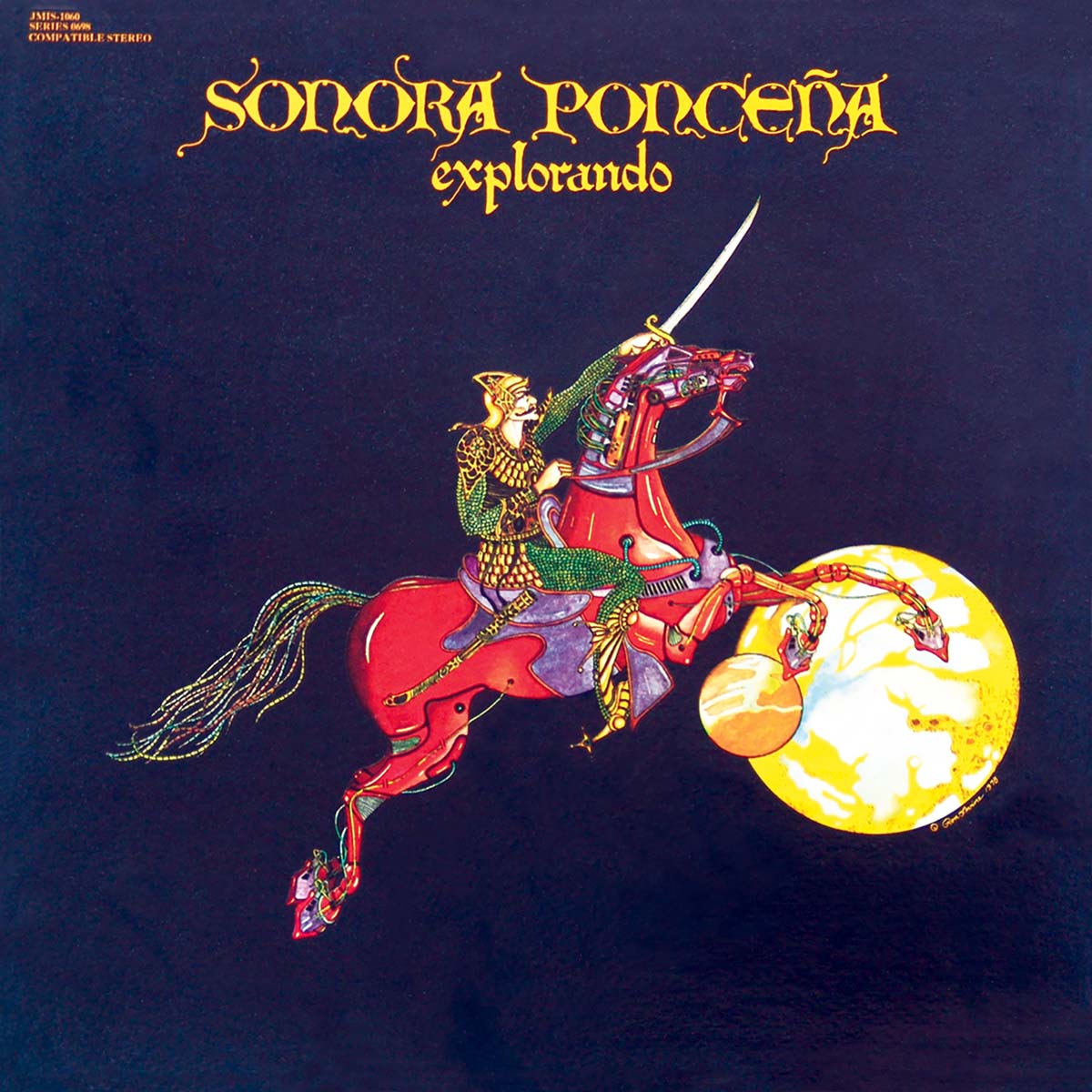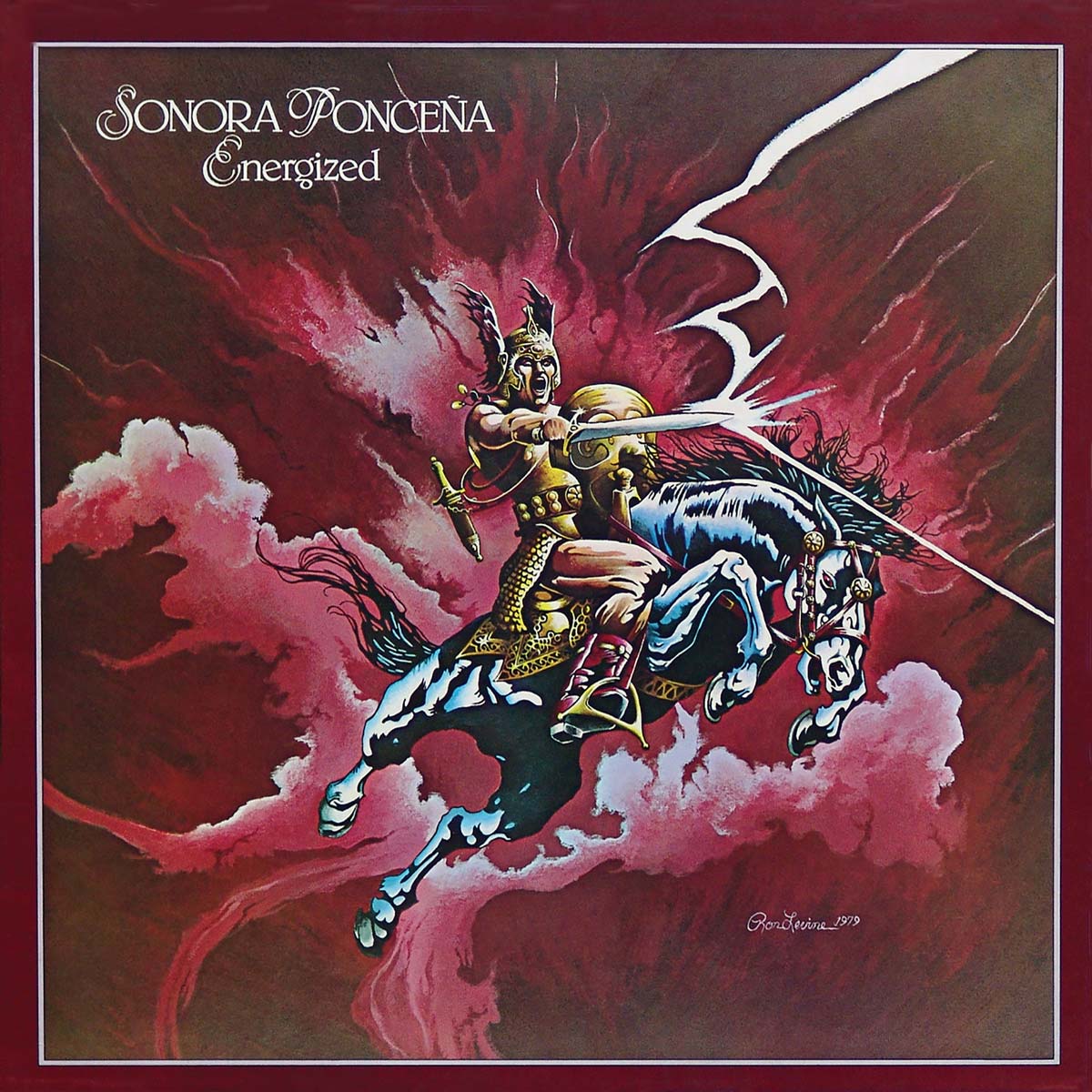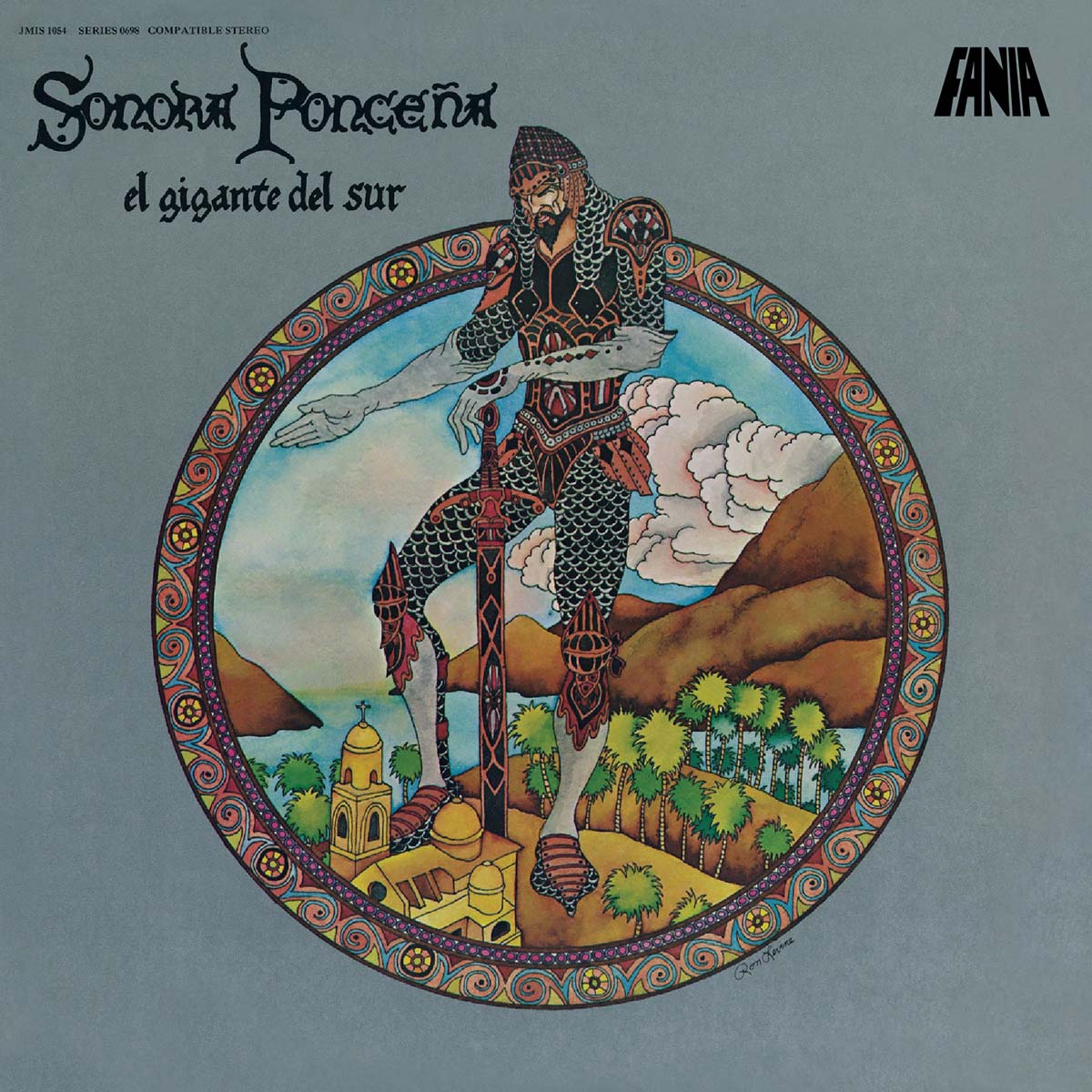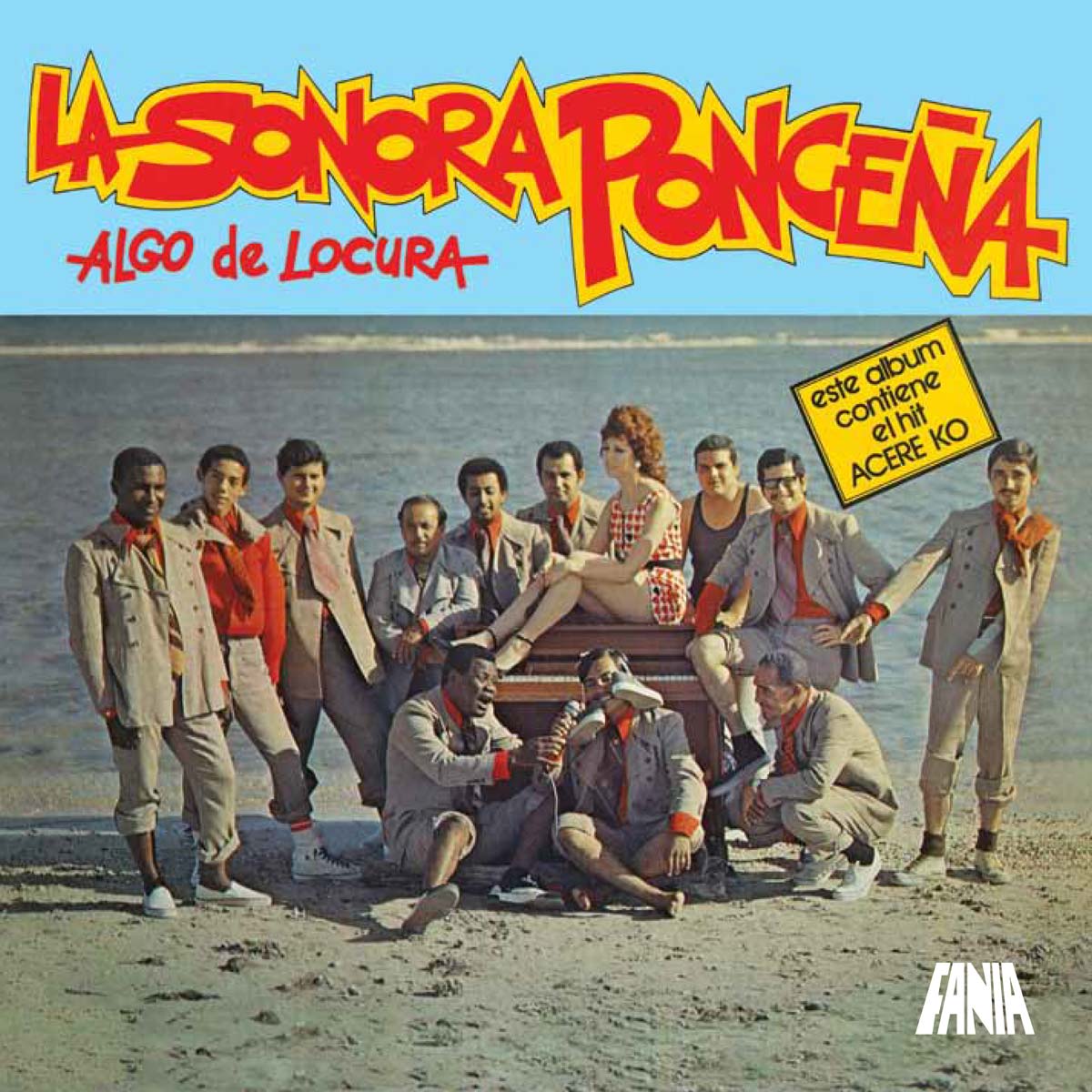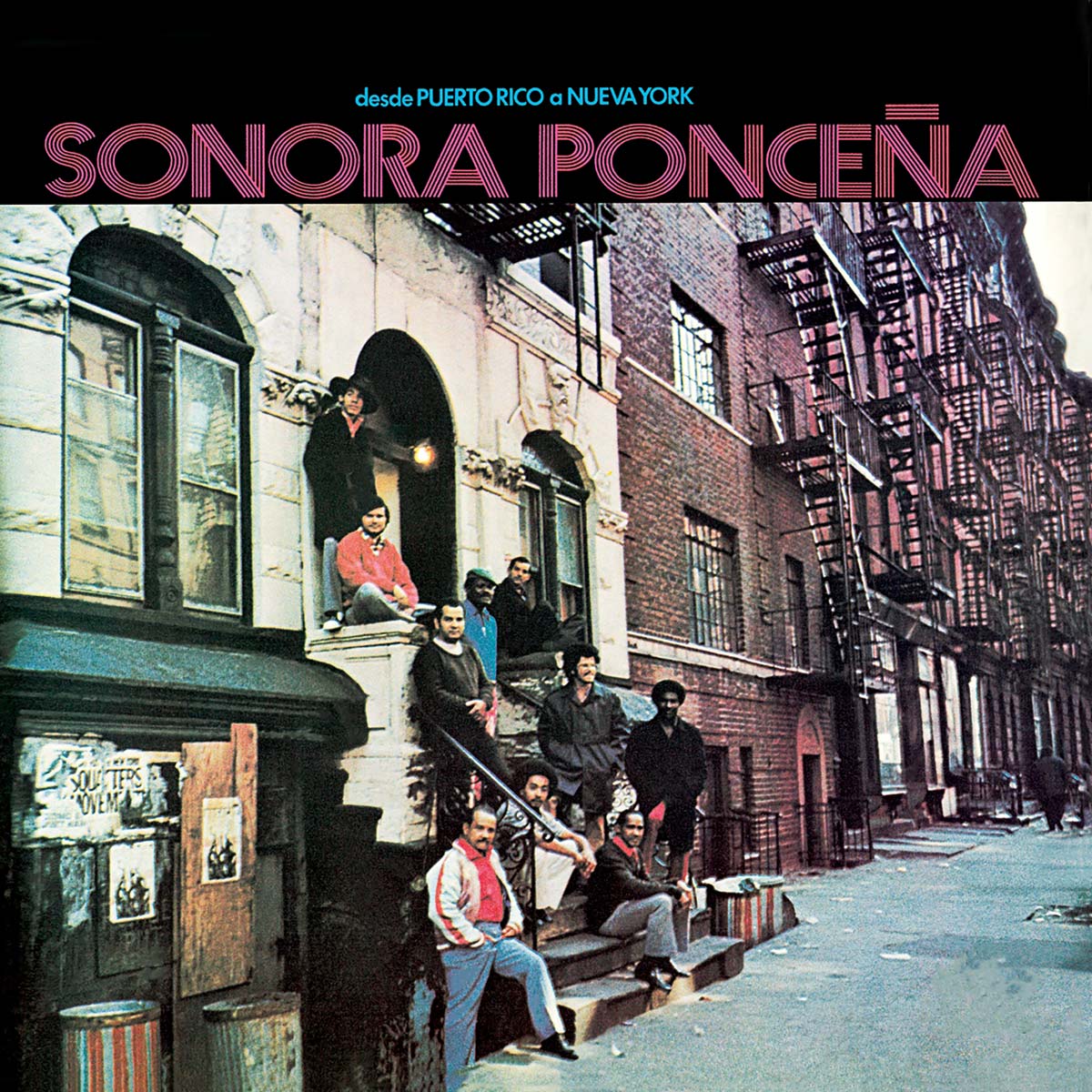
When Sonora Ponceña released Desde Puerto Rico A Nueva York in 1972, the orchestra, led by keyboardist Enrique “Papo” Lucca, had yet to develop the visionary aesthetic that characterized future Ponceña masterpieces like Conquista Musical (1976) and El Gigante Del Sur (1977). It was on those two records that Lucca began experimenting intensely with the sound of electronic keyboards, as well as flirting with foreign genres like progressive rock and Brazilian music.
In 1972, Sonora Ponceña was a traditional Afro-Caribbean orchestra – hopelessly in love with the classic style of Cuban bandleaders like Arsenio Rodríguez. Desde Puerto Rico A Nueva York is similar in style to Hacheros Pa’ Un Palo – the 1968 debut of Papo as the band’s musical director (with the blessing of his father, the venerable Enrique “Quique” Lucca) – and Fuego En El 23, the 1969 effort that delivered the group’s first mega-hit in its temperamental cover of the Arsenio Rodríguez title track. Still, there are two elements that qualify this album as a salsa classic: first and foremost are the sophisticated solos of Papo, nourished by the influence of aristocratic jazz pianists like Oscar Peterson and Bill Evans. Then, there is the vocal savoir-faire of Sonora Ponceña’s stellar singers: Tito Gómez and Luigi Texidor.
The record begins on a high note with “Prende El Fogón,” a track marked by the band’s wonderfully restrained swing. Notice how the song stops on its tracks for Papo to showcase his piano magic during an extended solo that shows an uncanny maturity and sophistication for his age (the young director was – believe it or not – around 26 at the time of this recording.) Lucca’s success is due in part to his keen understanding of both harmonically rich jazz and complex Afro-Cuban structures. The beginning of “El Guaguancó Nació En La Habana,” for instance, betrays a strong influence of Cuban rumba – the most quintessentially African of the island’s many song formats. The inimitable voice of Luigi Texidor gives the track a feverish, danceable feeling, as Papo’s disciplined piano patterns create an epic contrast with the sheer passion of the trumpet section. “Pero mira que moderno está mi guaguancó,” Texidor says fittingly (“Look at my modern take on guaguancó”).
In this day and age, when most salsa albums are made up exclusively of upbeat tunes, it is particularly refreshing to find an album that delivers a variety of shades and moods through the inclusion of the occasional bolero. On somber compositions like “No Puedes Ser” and “La Puerta Está Abierta,” Desde Puerto Rico A Nueva York showcases the talent of the late Tito Gómez for interpreting torrid boleros. In the 80s, Gómez became identified with Colombian salsa as a featured artist on key hit singles with Jairo Varela’s Grupo Niche. Gómez also shines on a daring reading of “Tumba La Caña Jibarito,” the tropical nugget made famous in the 50s by Celia Cruz and La Sonora Matancera. Papo’s piano is jazzier here, and Gómez’s furious delivery gives the tune the reckless feel of a roller coaster ride. During the ’70s, the Fania label was smart enough to look for Afro-Caribbean splendor beyond the New York presence of Johnny Pacheco and Larry Harlow. By investing in boricua artists like Roberto Roena, Ismael Rivera and La Ponceña, the label added a touch of class and sophistication to its illustrious catalogue. Making the symbolic transition from Puerto Rico to New York, Papo Lucca’s humble orchestra would gradually become one of the genre’s most transcendental outfits.
Credits: Quique Lucca – Leader Papo Lucca – Piano, Vibes, Tres Delfín Perez – Trumpet Joe Rodríguez – Trumpet Tony Rodríguez – Trumpet Edgardo Morales – Timbales Fernando Torres – Conga Mikey Ortíz – Bongo Antonio Santaella – Bass Vocals – Tito Gomez, Luigui Texidor Chorus – Yayo El Indio, Adalberto Santiago Producer – Larry Harlow Recorded and Mixed at – Good Vibrations Sound Studios, N.Y. Engineer – Bernie Fox Arrangements – Papo Lucca Original Album Design – Izzy Sanabria Original Album Photography – Leon Gast
Written by Ernesto Lechner


